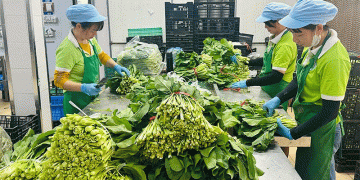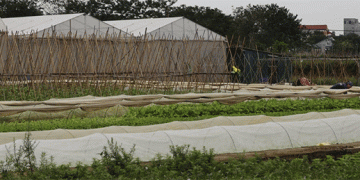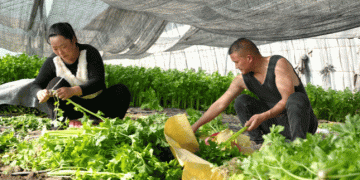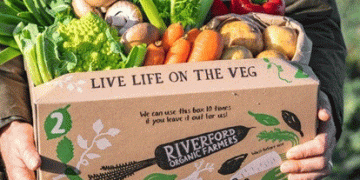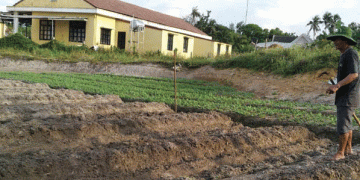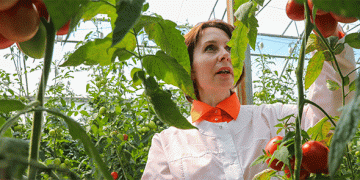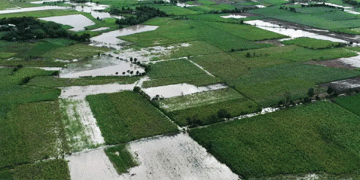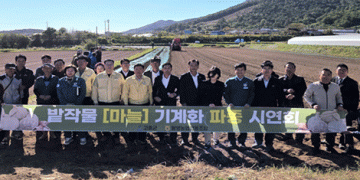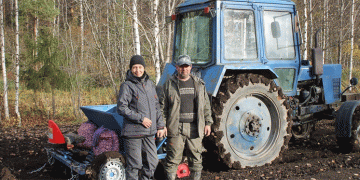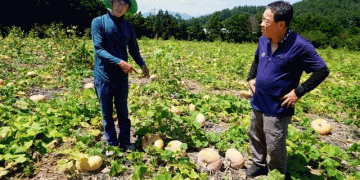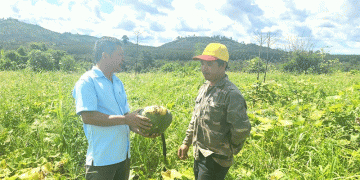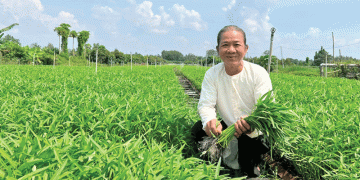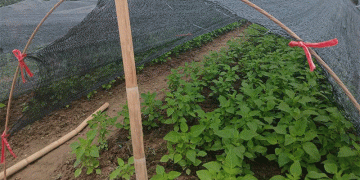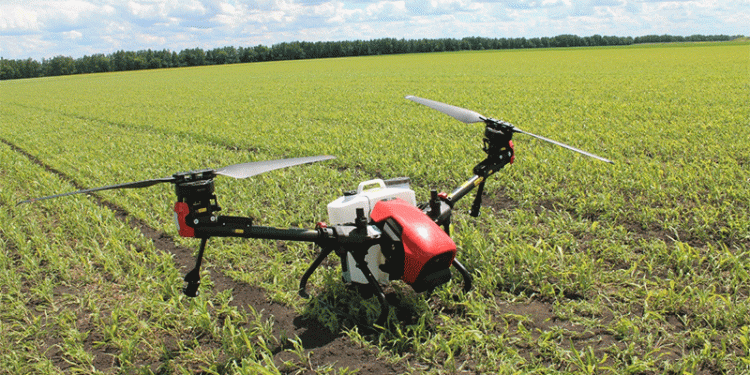The image of a modern farm is changing. Alongside tractors and combines, a new piece of equipment is taking flight: the agricultural drone. Far from being a gimmick, these ag-drones are proving to be powerful tools for precision agriculture, delivering measurable economic and agronomic benefits. Companies like “Agronebo” are at the forefront, making this technology accessible and, most importantly, profitable for farms across Russia.
The core advantage of ag-drones lies in their precision. Unlike heavy machinery, drones follow pre-programmed routes to apply fertilizers and plant protection products with pinpoint accuracy. This eliminates soil compaction, prevents crop damage, and allows treatment of difficult terrain like ravines and hillsides. The most striking operational benefit is the drastic reduction in water usage for spraying—a mere 8-10 liters per hectare compared to the hundreds of liters required by traditional sprayers. This translates to fewer tank refills, less labor, and significantly lower fuel costs for water transport.
The Data Behind the Decision: More Than Just Savings
The economic argument for adopting ag-drones is compelling. “Agronebo” reports that for farms with 2,000 to 3,000 hectares, the investment in a drone can be recouped within a single season. This rapid return on investment (ROI) is driven by savings on fuel, water, labor, and spare parts for conventional sprayers.
This data is supported by global trends. A 2023 analysis by PrecisionAg revealed that drone-based variable-rate application can reduce input costs (fertilizers and pesticides) by 15-20% on average. Furthermore, the yield increase of 3-4% cited by “Agronebo” aligns with broader industry findings. A study published in the Journal of Precision Agriculture found that targeted spraying improves chemical efficacy and reduces plant stress, consistently leading to yield bumps in this range. When combined with the operational savings, this yield increase solidifies the financial case for adoption.
However, technology alone is not enough. The successful integration of drones hinges on the ecosystem surrounding them. “Agronebo” emphasizes a full-service model: providing the drone with all necessary regulatory documentation, comprehensive on-farm training over 2-3 days, and ongoing technical support. This holistic approach mitigates the common barriers to adoption—regulatory hassle, the skill gap, and fear of technical failure—ensuring the farmer receives a “field-ready solution,” not just a piece of hardware.
The evolution of the ag-drone from a scouting tool to a primary application platform marks a significant shift in farm management. The evidence is clear: the strategic deployment of drone technology for spraying is a sound financial decision. The combination of direct input savings, the avoidance of soil degradation, and a demonstrable yield increase creates a powerful value proposition with a rapid payback period. For forward-thinking farmers, agronomists, and farm owners, the question is no longer if ag-drones are viable, but how quickly they can be integrated into their operations to build a more efficient, profitable, and sustainable enterprise.















